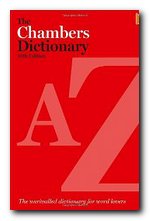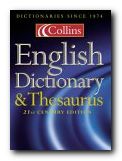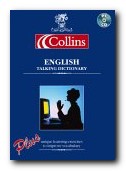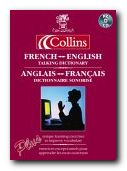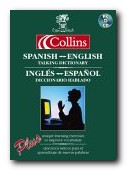free pages from our English Language software program
Case agreement – definition
![]() There must be grammatical logic or case agreement in the links between parts of a sentence.
There must be grammatical logic or case agreement in the links between parts of a sentence.
![]() This coherence is called ‘case agreement’ or ‘concord’.
This coherence is called ‘case agreement’ or ‘concord’.
Examples
The boy is swimming.
[singular subject, singular verb form]The boys are swimming.
[plural subject, plural verb form]
Use
![]() Agreement may be required in tense, number, or case.
Agreement may be required in tense, number, or case.
![]() Problems are more likely to occur in writing than in speech.
Problems are more likely to occur in writing than in speech.
![]() NB! To avoid such problems in writing, keep your sentences short.
NB! To avoid such problems in writing, keep your sentences short.
![]() If the subject of a sentence is singular, then the verb form must be singular as well:
If the subject of a sentence is singular, then the verb form must be singular as well:
The shop [singular] opens at nine o’clock.
On Thursdays the shops [plural] open late.
![]() Sometimes confusion occurs because a statement begins in the singular but then drifts into the plural:
Sometimes confusion occurs because a statement begins in the singular but then drifts into the plural:
wrong
It can be argued that a person has the right to know when they are dying.
![]() The easiest solution to this problem is to make the subject plural and its verb plural as well:
The easiest solution to this problem is to make the subject plural and its verb plural as well:
correct
It can be argued that people have the right to know when they are dying.
![]() Sometimes a singular noun is used to denote a plural or a collective thing – such as ‘government’ or ‘parliament’.
Sometimes a singular noun is used to denote a plural or a collective thing – such as ‘government’ or ‘parliament’.
![]() Either the singular or the plural verb form may be used – but the important thing is to be consistent.
Either the singular or the plural verb form may be used – but the important thing is to be consistent.
wrong
The government prefers to let matters rest, but events may make them change their minds.correct
The government prefers to let matters rest, but events may make it change its mind.correct
The government prefer to let matters rest, but events may make them change their minds.
![]() Agreement is necessary in English because the language is ‘uninflected’.
Agreement is necessary in English because the language is ‘uninflected’.
![]() That is, most words are not given separate endings to indicate which part of the statement they represent.
That is, most words are not given separate endings to indicate which part of the statement they represent.
![]() English relies very heavily on grammatical rules and syntax [word order] to make sense.
English relies very heavily on grammatical rules and syntax [word order] to make sense.
![]() [In some languages — classical Latin, for instance — word order is not important.]
[In some languages — classical Latin, for instance — word order is not important.]
Self-assessment quiz follows >>>
© Roy Johnson 2003
English Language 3.0 program
Books on language
More on grammar
